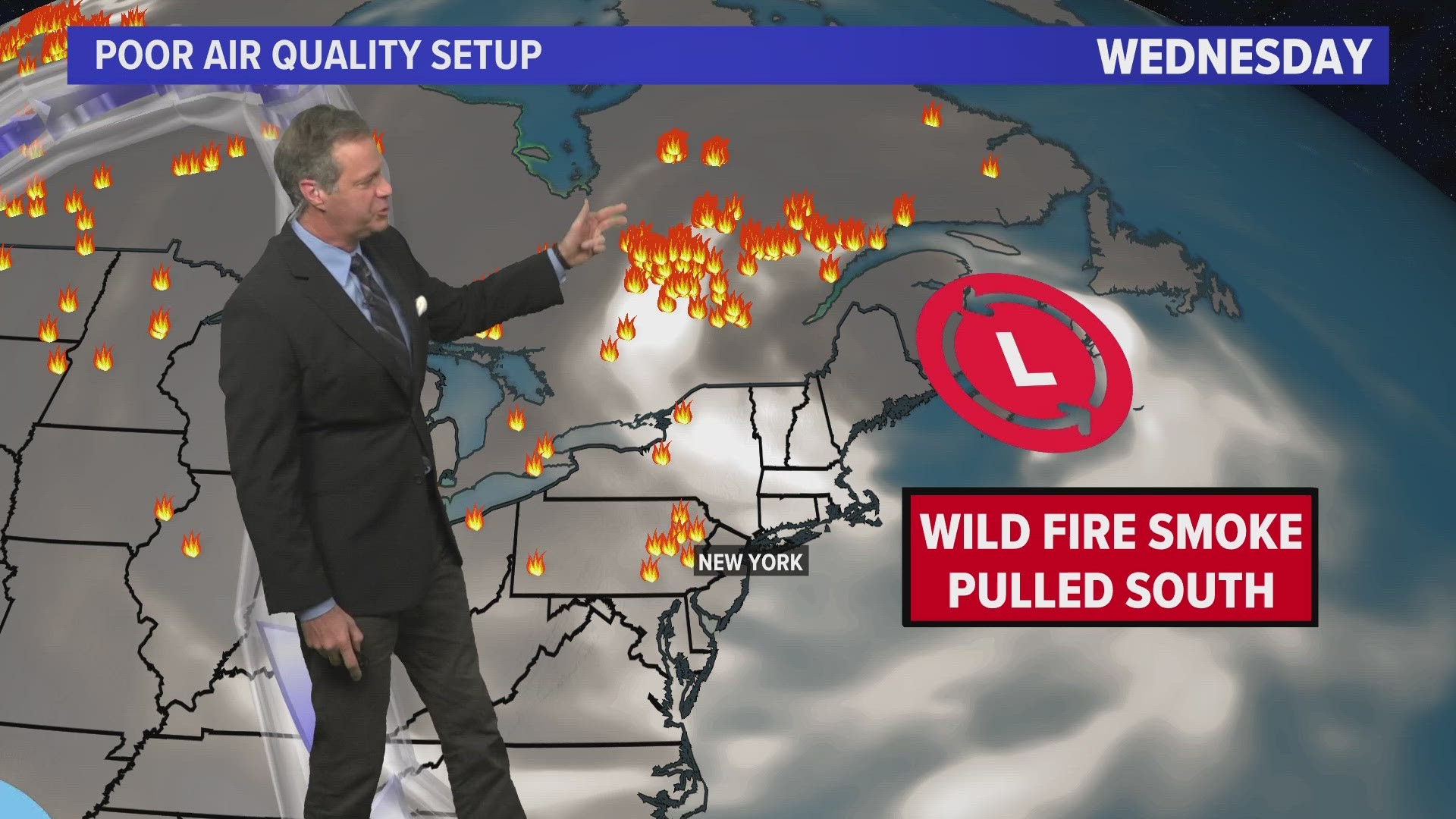An Air Quality Alert is issued when there are high levels of pollutants in the air on a certain day. The four major pollutants that are measured are ground-level ozone, particulate matter, carbon monoxide, and sulfur dioxide as regulated by the Clean Air Act.
To put it simply, calm winds and clear skies can lead to stagnant air. The pollution we put out every day is what leads to higher counts of the four major pollutants. It can create hazy skies and is usually worse right before sunset.
This is very common and it can irritate asthma and emphysema.
What are the 4 major pollutants?
The four major pollutants that are measured are ground-level ozone, particulate matter, carbon monoxide, and sulfur dioxide.
Who determines if there is an Air Quality Alert?
According to weather.gov, the Texas Commission on Environmental Quality, or TCEQ, is the agency that monitors and declares an Ozone Action Day for metro areas across the state. Their meteorologists determine if criteria for high amounts of ozone are expected to occur the following day. They then contact the National Weather Service to request that they send out an Air Quality Alert.
TCEQ will contact the NWS by 2 p.m. the day before the Ozone Action Day to ensure that commuters and local agencies have time to plan activities for the next day.
How long does an Air Quality Alert last?
An Air Quality Alert can on by issued one day at a time, according to weather.gov. The alert must be renewed each day.
Can I go outside during an Air Quality Alert?
According to the National Weather Service, poor air quality can aggravate health issues such as asthma, heart conditions, and other respiratory conditions. Seniors, children, and those with compromised immune systems should be particularly careful.
Those who are vulnerable like children, seniors, and those with respiratory issues should stay indoors if possible. If you have to go outside, limit it to strictly essential activities.
Texas air quality forecast
The Texas Commission on Environmental Quality produces air quality forecasts for the state.
You can check the air quality where you live here or in metro areas below:
Interactive map of air quality
Monitor the air quality using the interactive map below:
Texas air monitoring
Check out the TCEQ's interactive air monitoring map below:

